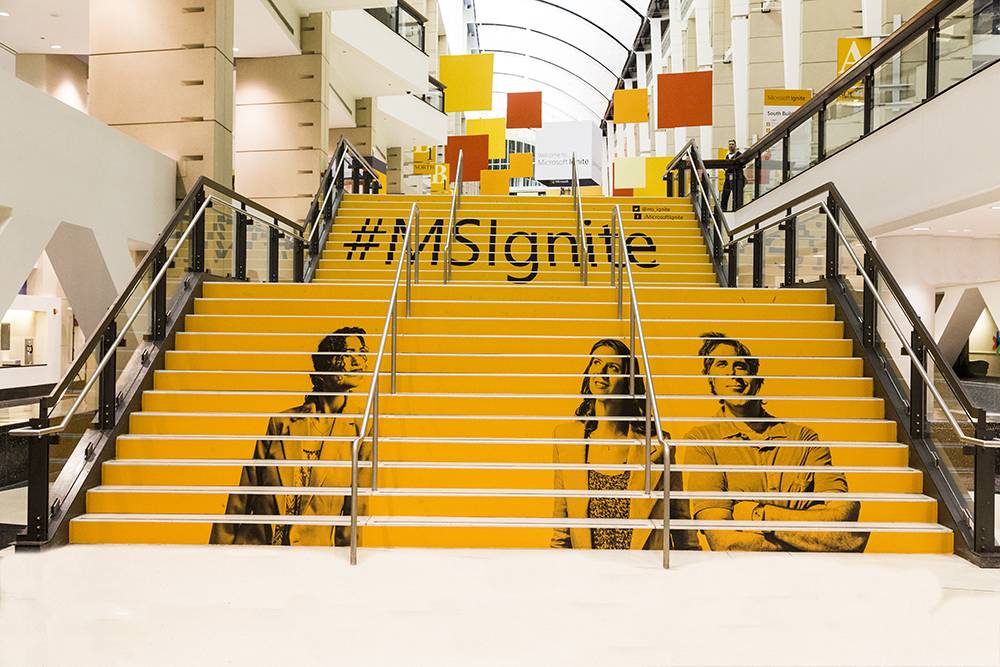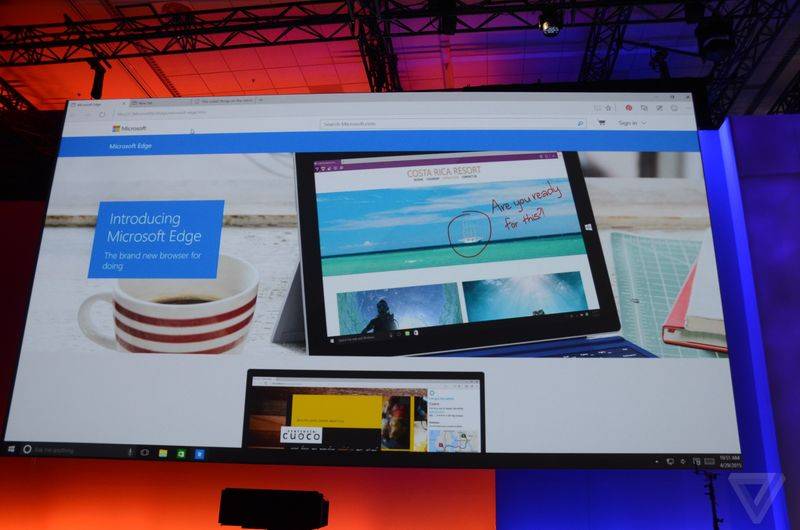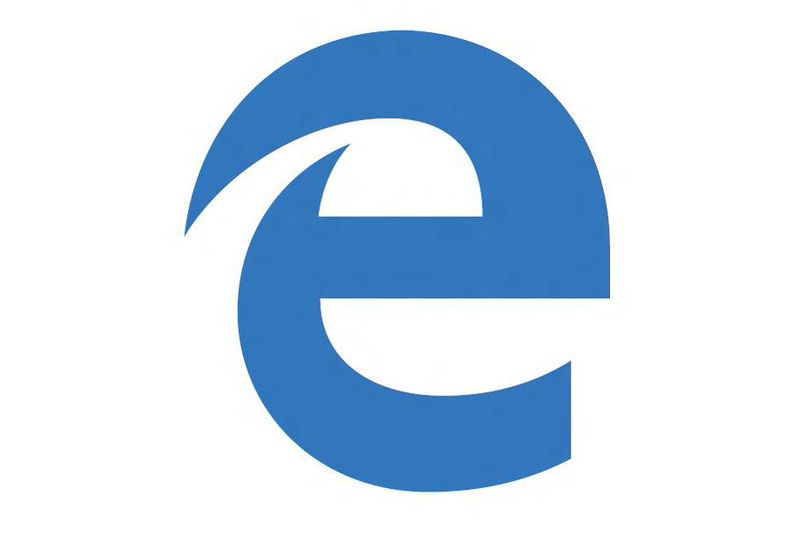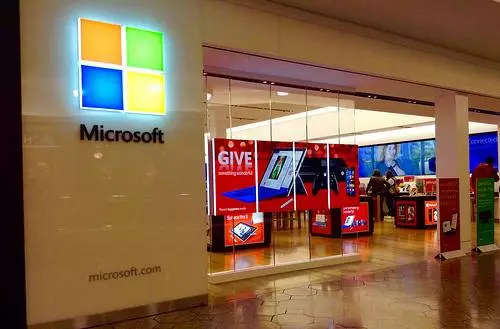Court says Skype’s name is too similar to Sky’s
Video chat software Skype’s name is so similar to the broadcaster Sky’s that the public is likely to be confused between the two, an EU court has ruled.
The judgement prevents Microsoft from registering a trademark for Skype’s name and bubble-design logo.
The US company intends to appeal against the decision.
Judges at the General Court of the European Union said: “Conceptually, the figurative element conveys no concept, except perhaps that of a cloud.”
“[That] would further increase the likelihood of the element ‘Sky’ being recognised within the word element ‘Skype’, for clouds are to be found ‘in the sky’ and thus may readily be associated with the word ‘sky’.”
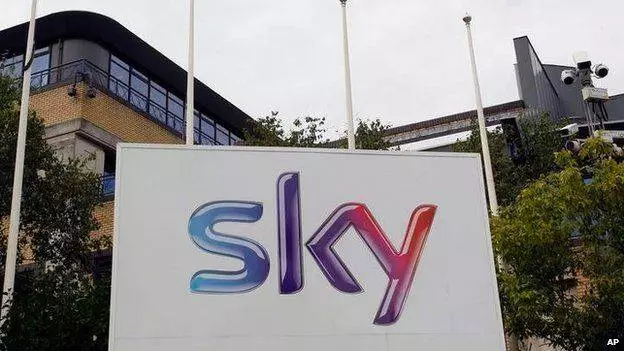
Microsoft had brought the case to challenge an earlier ruling by the European Union’s Office for Harmonisation of Internal Markets, which, following a 2005 complaint by the broadcaster, also said Skype branding was too similar to Sky’s to be granted an EU-wide trademark.
This is not the first legal clash between the two companies.
In 2014, Microsoft changed the name of its cloud storage service from SkyDrive to OneDrive after the High Court in London ruled Sky’s trademark had been infringed.
However, a spokeswoman for Microsoft said it was not now facing the prospect of another imminent rebrand.
“The case was not a legal challenge to Skype’s use of the mark, it was only against the registration,” she told BBC News.
“We’re confident that no confusion exists between these brands and services and will appeal. This decision does not require us to alter product names in any way.”
Microsoft believes it still had the means to prevent anyone else from trying to call their product Skype.
Smartpen battle
In theory, Sky could now try to pursue Microsoft for a licensing fee even if it did not want to block the use of Skype’s name outright.
However, the firm did not directly address this point in a statement released following the ruling.
“Sky notes today’s decision from the General Court of the European Union,” it said.
“This relates to a long-running dispute with Skype over the extension of its trademark applications to cover a broad range of goods and services that overlap with Sky’s own trademark registrations – including, but not limited to, TV related products and services.
“Our intention has been to protect the Sky brand with our research showing that similarities in name and logo have the potential to confuse customers.”

Sky has acted in the past against another US company to protect its identity.
In 2012 it threatened to sue the smartpen-maker Livescribe for trademark infringement.
The American company opted not to fight the case and instead changed the name of the product in question from the Sky Wifi to the Livescribe Wifi pen in the UK, while retaining the original name elsewhere.
Source – Court Says Skypes Name is too Close to Skys – BBC News
Court says Skype’s name is too similar to Sky’s Read More »


